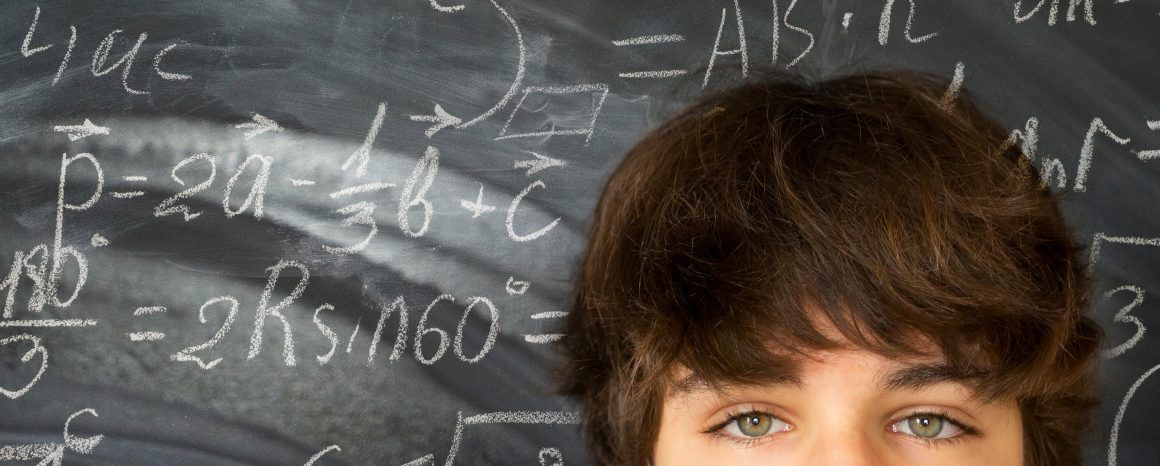Teen scientists use machine learning and neural networks to detect and diagnose diseases, track space debris, design drones and justify conclusions at Intel ISEF 2017.
copyright by iq.intel.com
 While sentient computer beings like HAL from the classic 2001: A Space Odyssey or Samantha from the 2013 film Her may still be on the distant horizon, some forms of artificial intelligence (AI) are already improving lives.
While sentient computer beings like HAL from the classic 2001: A Space Odyssey or Samantha from the 2013 film Her may still be on the distant horizon, some forms of artificial intelligence (AI) are already improving lives.
AI experts in the making
At the 2017 Intel International Science and Engineering Fair (ISEF) – where nearly 1,800 high school students gathered to present original research and compete for more than $4 million in prizes – the next generation of scientists used machine learning and artificial neural networks to find solutions to some of today’s most vexing problems. “AI is critical to our future,” said Christopher Kang, a budding computer scientist from Richland, Washington, who won an ISEF award in the robotics and intelligent machines category. Chris Kang developed an app that can detect skin cancer. “Humans have a limit as to how much data we can analyze,” he said. “AI is extremely powerful in analyzing huge volumes of data and correlating it. It can be used to understand the already existing research we have and assimilate it. It can then analyze additional data and turn it into actionable insights.”
AI as Physician’s Assistant
After his father’s brush with skin cancer, Kang created an artificial neural network capable of identifying moles and skin lesions that are potentially cancerous. The teen created an app that lets users take an image of a questionable mole or lesion. The app is then able to determine if the skin anomaly appears cancerous, with a level of accuracy commensurate with a dermatologist. “Patients can get enough information to know whether or not they need to see a dermatologist,” Kang said. “Early detection is crucial because once skin cancer metastasizes, the probability of a five-year survival rate drops to a fifth of what it would be before,” he said.


Teen scientists use machine learning and neural networks to detect and diagnose diseases, track space debris, design drones and justify conclusions at Intel ISEF 2017.
copyright by iq.intel.com
AI experts in the making
At the 2017 Intel International Science and Engineering Fair (ISEF) – where nearly 1,800 high school students gathered to present original research and compete for more than $4 million in prizes – the next generation of scientists used machine learning and artificial neural networks to find solutions to some of today’s most vexing problems. “AI is critical to our future,” said Christopher Kang, a budding computer scientist from Richland, Washington, who won an ISEF award in the robotics and intelligent machines category. Chris Kang developed an app that can detect skin cancer. “Humans have a limit as to how much data we can analyze,” he said. “AI is extremely powerful in analyzing huge volumes of data and correlating it. It can be used to understand the already existing research we have and assimilate it. It can then analyze additional data and turn it into actionable insights.”
AI as Physician’s Assistant
After his father’s brush with skin cancer, Kang created an artificial neural network capable of identifying moles and skin lesions that are potentially cancerous. The teen created an app that lets users take an image of a questionable mole or lesion. The app is then able to determine if the skin anomaly appears cancerous, with a level of accuracy commensurate with a dermatologist. “Patients can get enough information to know whether or not they need to see a dermatologist,” Kang said. “Early detection is crucial because once skin cancer metastasizes, the probability of a five-year survival rate drops to a fifth of what it would be before,” he said.
Share this: